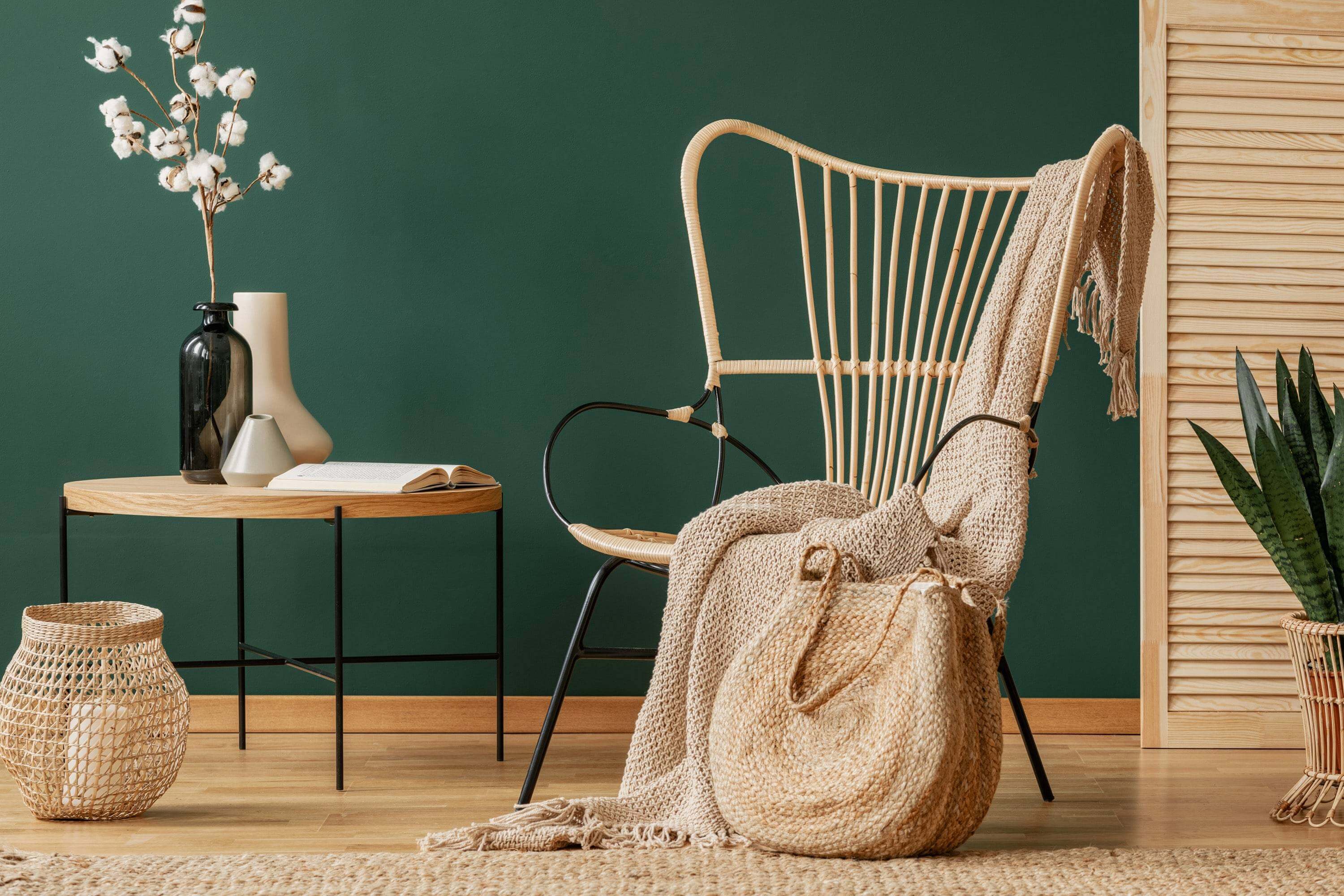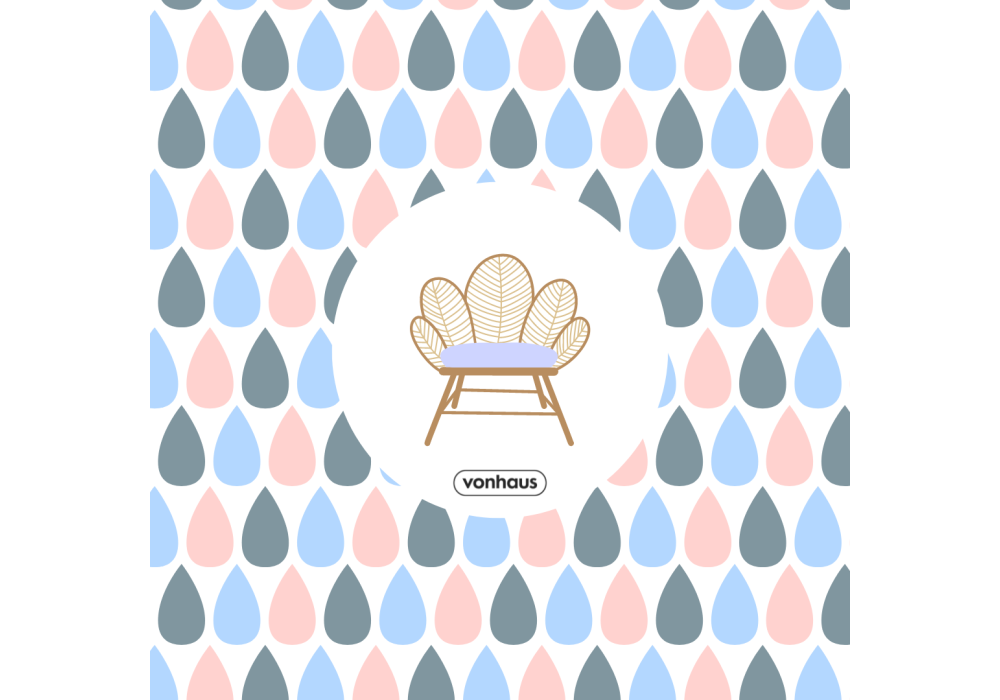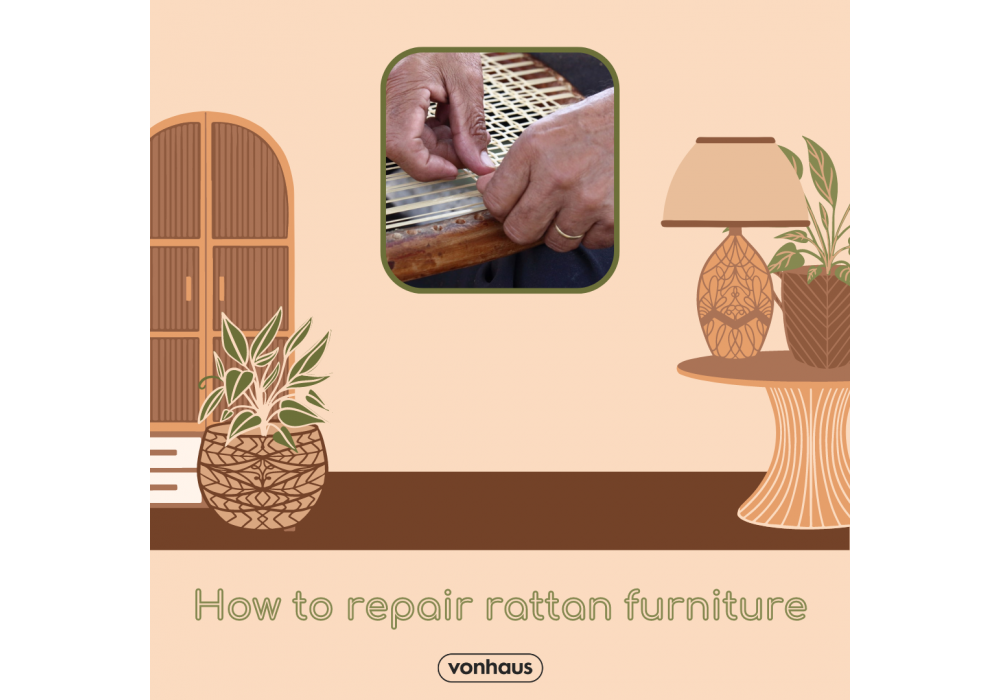The eco-friendly benefits of rattan furniture


In the ever-evolving world of furniture design and manufacturing, there is a growing demand for sustainable, eco-friendly alternatives. Rattan furniture, with its timeless charm and natural appeal, has emerged as a frontrunner in the sustainable furniture market.
Today, we'll dive deep into the eco-friendly benefits of rattan furniture, exploring why it's considered a greener option and how it contributes to a more sustainable lifestyle.
Rattan's eco-friendly roots


At the heart of rattan's eco-friendly nature lies its source: the rattan palm. This vine-like plant grows abundantly in tropical regions, primarily in Southeast Asia, and is known for its rapid growth rate and regenerative properties. Unlike traditional timber, which can take decades to mature, rattan is ready for harvest in just a few years, making it a highly renewable resource.
Sustainable furniture attributes


To be truly eco-friendly, furniture must meet specific criteria – and rattan ticks all the boxes. Firstly, it is a natural and biodegradable material, meaning that once it reaches the end of its lifecycle, it will decompose without causing environmental harm. Secondly, rattan is often handcrafted, supporting local communities and minimising carbon emissions associated with mass production.
What is the most sustainable furniture type?
Among various furniture types, rattan stands out as one of the most sustainable options available. Unlike plastic, which contributes to pollution and takes centuries(!) to degrade, rattan is a natural material that has a significantly lower environmental impact.
Additionally, rattan’s fast growth rate compared to hardwood furniture means it requires less land and water to produce, making it a more environmentally responsible choice.
Rattan: the epitome of sustainability
When assessing rattan’s green credentials, it’s clear that it perfectly aligns with sustainability principles. From its rapid renewability to its biodegradability, rattan encapsulates the essence of eco-friendly living. By choosing rattan furniture, you can make a positive impact on the environment without compromising on style or quality. Win-win!
Beyond sustainability: the advantages of rattan furniture




Rattan furniture offers numerous advantages beyond its ecological appeal. Its lightweight, flexible nature makes it easy to work with, allowing artisans to create intricate and innovative designs. What’s more, the vine's strength and durability ensure that rattan furniture can withstand the test of time, reducing the need for frequent replacements and further contributing to its sustainability. But don’t despair if you do need to repair your rattan, because we have a quickfire guide right here.
As we strive to create a more environmentally conscious world, the demand for eco-friendly furniture options continues to rise. Rattan furniture has emerged as a champion in this pursuit, showcasing its eco-friendly benefits through renewable sourcing, biodegradability, and support for local communities.
By embracing rattan furniture, we can elevate our living spaces with style while nurturing a more sustainable planet for generations to come. So come join the rattan revolution and make eco-friendly choices that make a real difference.




 Need help?
Need help?

